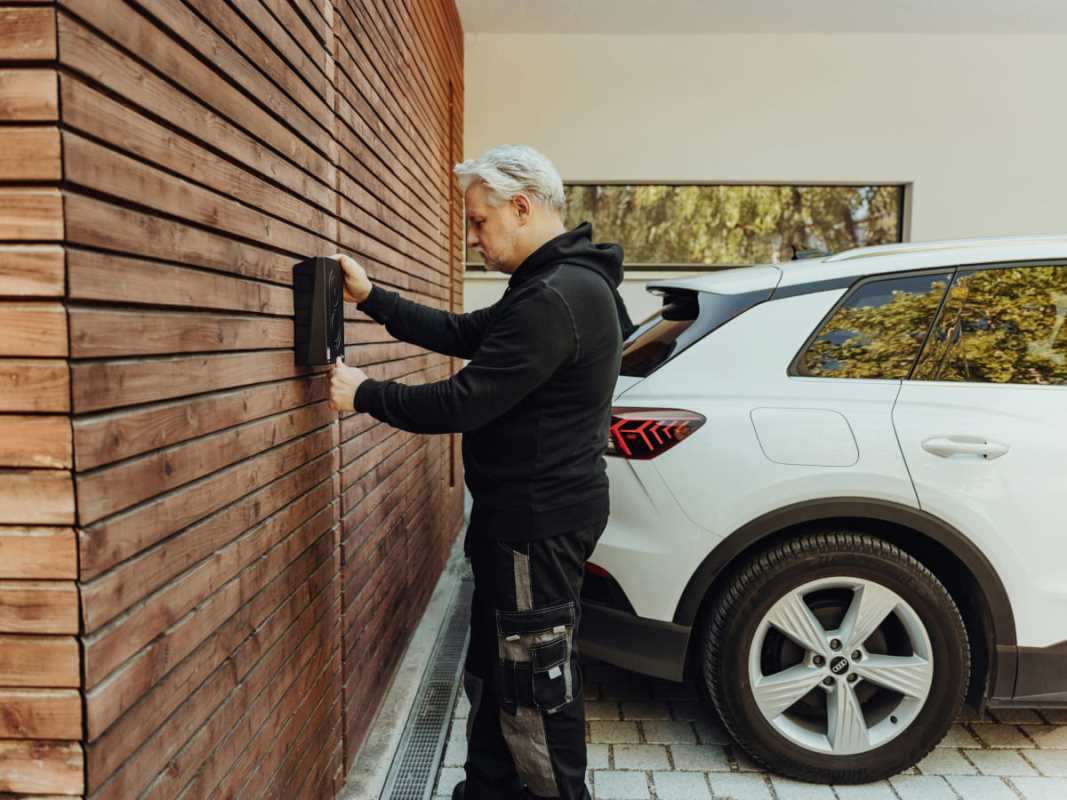While the environmental impact of sustainable living is widely discussed, the financial benefits are equally compelling. By choosing sustainability, you can reduce expenses, gain incentives, and secure long-term savings — all while supporting the planet. Let’s explore the key ways in which going green can boost your financial well-being.
Lower Bills and Long-Term Savings
Switching to energy-efficient appliances and practices can significantly reduce household expenses. Modern appliances use advanced technology to minimize energy consumption, which translates into noticeable savings on utility bills.
Financial Incentives of Energy Efficiency
- Reduced Utility Costs: Energy-efficient appliances consume less electricity, leading to lower monthly energy bills.
- Rebates and Discounts: Many utility companies offer cash-back incentives or rebates for purchasing certified energy-efficient products, like those bearing the Energy Star label.
- Tax Credits: Some governments provide tax breaks for eco-friendly home improvements, such as energy-efficient windows or insulation upgrades.
Example Savings
According to the U.S. Department of Energy:
- Households that upgrade to energy-efficient appliances save an average of $100–$300 annually.
- Installing a programmable thermostat can reduce heating and cooling costs by 10%.
Check your local utility provider’s website for rebate programs that can offset the upfront costs of energy-efficient upgrades.
Saving While You Commute
Transportation is one of the largest contributors to greenhouse gas emissions but adopting sustainable commuting options benefits both the environment and your wallet.
Cost Savings from Sustainable Transportation
- Reduced Fuel Costs: Walking, biking, or using public transportation eliminates or reduces the need for gas.
- Lower Maintenance Expenses: Fewer miles on your vehicle means less wear and tear, resulting in lower maintenance costs.
- Parking Savings: Avoiding parking fees by using alternative transportation methods can save hundreds annually.
Financial Incentives for Public Transportation
- Discounted Fares: Many cities offer subsidized public transit passes for students, seniors, and low-income residents.
- Tax Benefits: In some regions, commuters can deduct public transportation costs from their taxes or use pre-tax dollars to purchase transit passes.
By biking instead of driving for short trips, the average person can save around $0.58 per mile, factoring in gas and maintenance costs.
The Hidden Value of Sustainable Products
When shopping, choosing eco-friendly and ethically sourced products can lead to both environmental and financial gains. While some sustainable products may come with a higher initial price, their durability and quality often make them more cost-effective in the long run.
Benefits of Choosing Sustainable Products
- Longer Lifespan: Eco-friendly products are often designed to last longer, reducing the need for frequent replacements.
- Reward Programs: Many sustainable brands offer loyalty programs or discounts to encourage repeat purchases.
- Bulk Discounts: Sustainable stores often promote reusable products in bulk packages, which can reduce costs per use.
Real-Life Example
Investing in a high-quality reusable water bottle might cost $20 upfront, but it eliminates the need to purchase single-use plastic bottles, saving hundreds over time.
Look for certifications like Fair Trade, USDA Organic, or B Corp to ensure the products you buy align with sustainable practices.
Cutting Costs Through Smart Practices
Minimizing waste isn’t just about saving the environment — it’s also a savvy way to cut expenses. Reducing, reusing, and recycling can lead to lower household waste management costs and even direct financial rewards.
Ways to Save by Reducing Waste
- Recycling Incentives: Some municipalities offer recycling rewards, such as cash-back programs or reduced waste collection fees.
- Composting Benefits: Home composting can reduce garbage volume and create free, nutrient-rich soil for gardening.
- Reusable Alternatives: Opting for reusable items, like shopping bags or cloth napkins, can save money over time compared to disposable counterparts.
Did You Know?
Switching to a reusable coffee cup can save $0.10–$0.25 per drink at many coffee shops, adding up to significant savings for daily coffee drinkers.
The average American family spends $1,500 annually on food they end up throwing away. Composting and meal planning can reduce this waste and save money.
The Big Payoff of Sustainable Upgrades
Making larger sustainable investments, like installing solar panels or energy-efficient windows, may require upfront costs but delivers substantial long-term financial rewards.
The Financial Perks of Eco-Friendly Home Improvements
- Lower Energy Bills: Solar panels, for instance, can reduce or eliminate electricity bills, with savings often starting immediately.
- Increased Property Value: Energy-efficient homes are more attractive to buyers and often sell for higher prices.
- Government Incentives: Tax credits and grants are available for eco-friendly upgrades like solar panel installations or geothermal heating systems.
Example of Solar Panel Savings
According to the Solar Energy Industries Association:
- The average homeowner saves over $20,000 in electricity costs over 20 years by installing solar panels.
- Federal tax credits for solar installations can cover up to 30% of the installation cost.
Use online calculators to estimate the return on investment (ROI) for sustainable upgrades based on your location and energy usage.
Saving Green by Going Green
Sustainable choices aren’t just about protecting the planet — they’re also about protecting your wallet. From energy-efficient appliances to waste reduction practices, the financial incentives for eco-friendly decisions are compelling and varied. By embracing sustainability in your daily life, you can enjoy immediate savings, long-term benefits, and the satisfaction of contributing to a healthier planet.
 (Image via
(Image via





